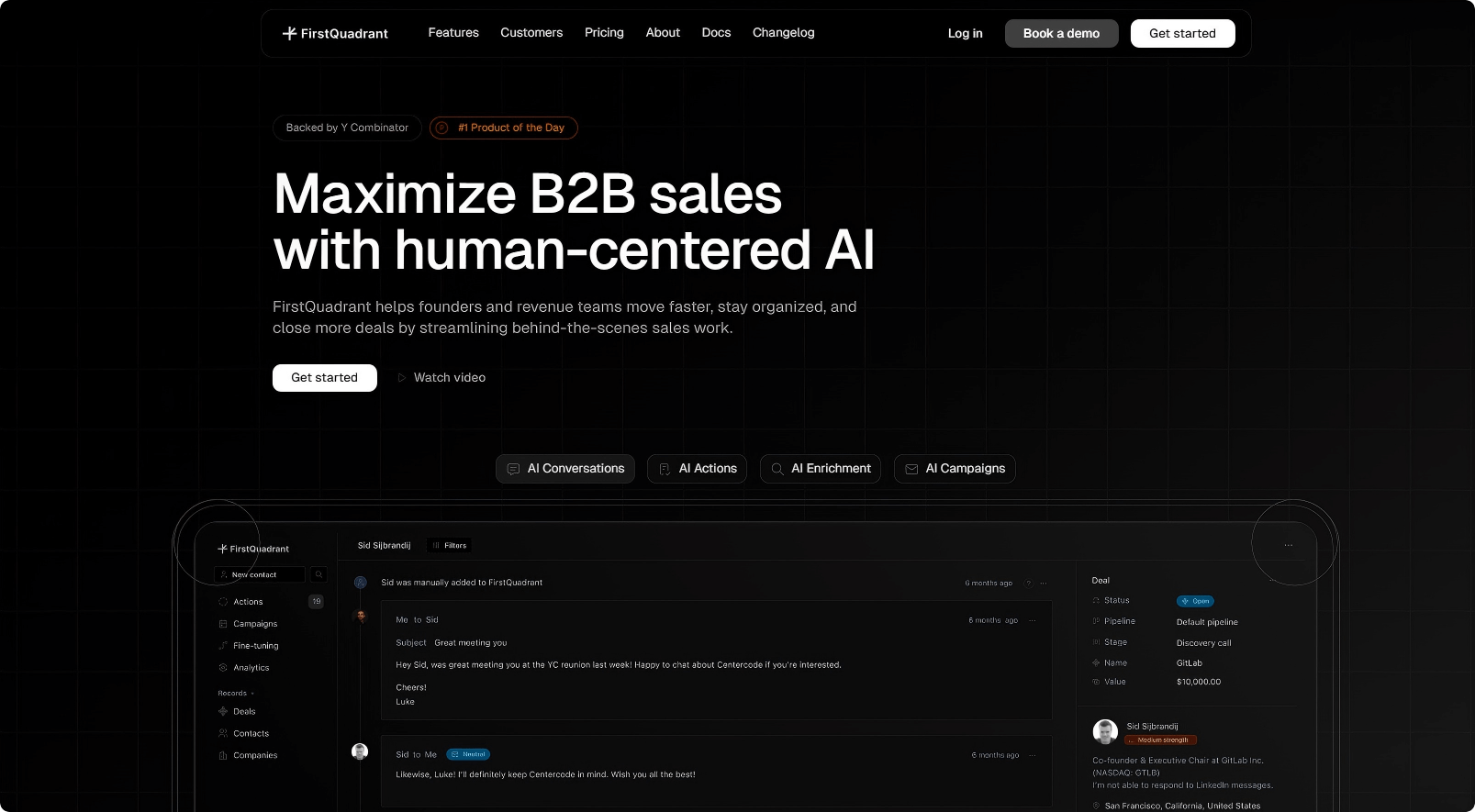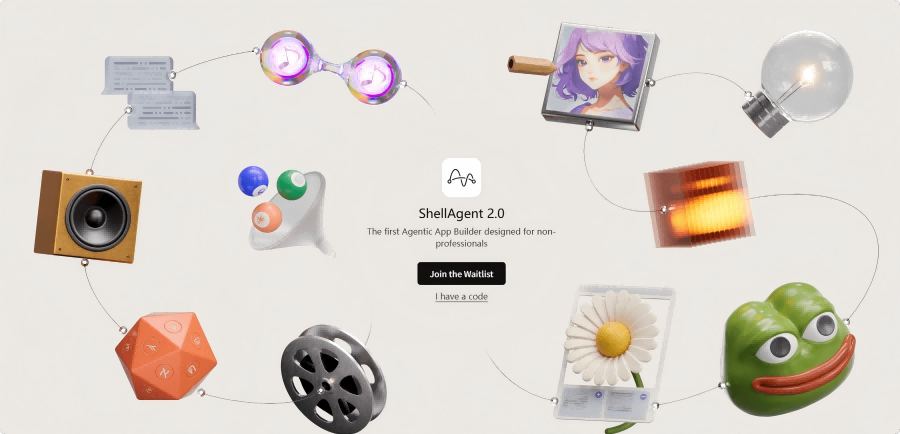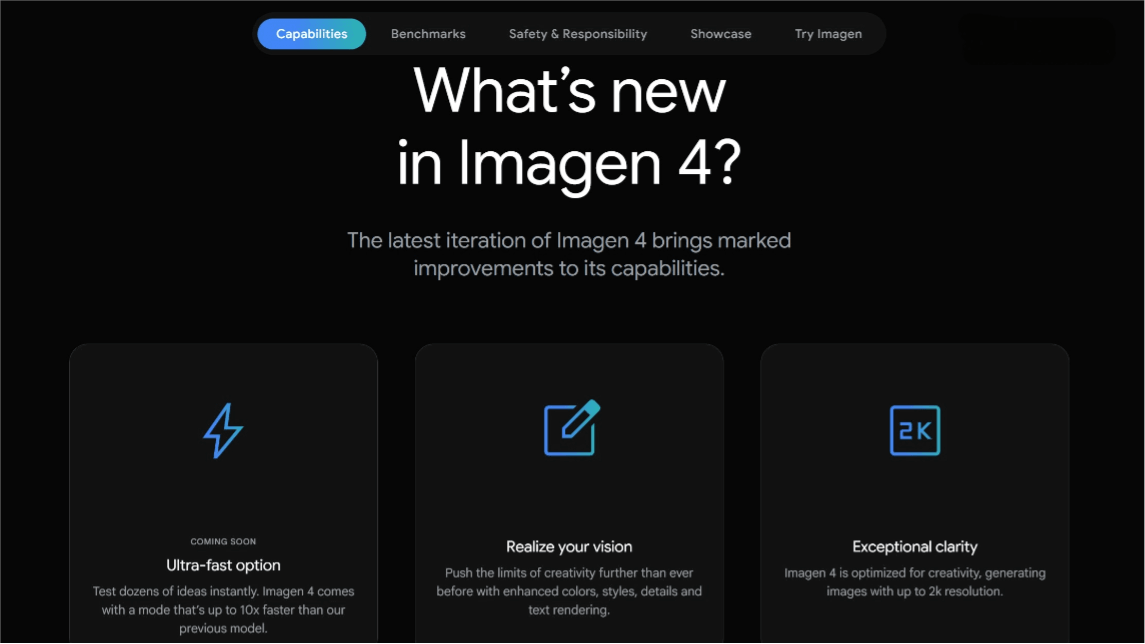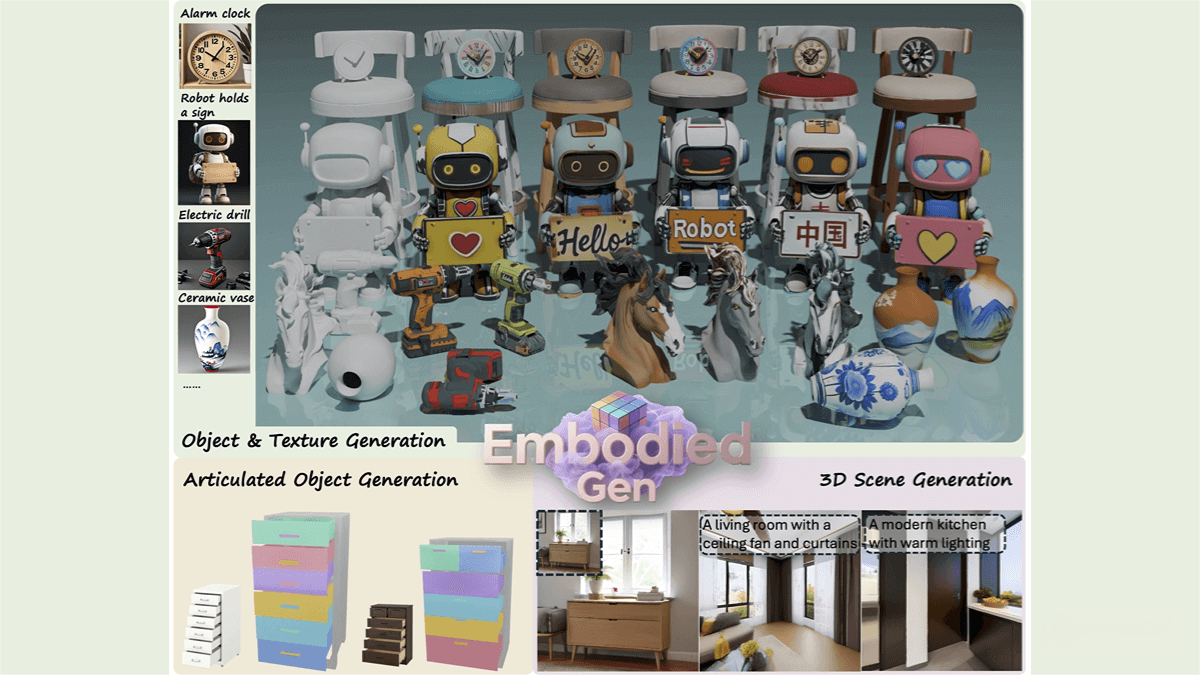How Can Ordinary People Avoid Being Replaced After the Popularization of AI Technology in 2025?
Why will ordinary people be replaced by AI? Which industries are facing the greatest risks?
The substitution of AI for humans is essentially an inevitable outcome of the “efficiency revolution.” When AI can complete standardized tasks at a lower cost and higher speed, positions lacking core competitiveness will naturally be eliminated. Specifically, the following three types of positions are at the highest risk:
1. Knowledge and Experience Output Positions
Professions such as lawyers, doctors, and teachers, which rely on professional knowledge, may have their basic consultations and standardized services replaced by AI. For instance, AI doctors can already handle online Q&A for common illnesses, and AI teachers can grade assignments and provide basic tutoring.
2. Process-Oriented Operational Positions
Groups engaged in repetitive tasks, such as assembly line workers, cashiers, and entry-level programmers, are at the forefront of potential job displacement. The widespread adoption of supermarket smart checkout systems and AI code generation tools has directly reduced the need for human labor.
3. Information Intermediary Positions
The traffic logic of traditional search platforms and some e-commerce platforms may be restructured. For example, users can complete tasks such as ordering food or shopping through voice commands via AR glasses, bypassing intermediate platforms and altering the traffic distribution mechanism.
It should be noted, however, that AI’s substitution is not all-encompassing. Positions that require emotional connection, creative decision-making, or complex interpersonal collaboration (such as psychotherapists, high-end designers, strategic consultants, etc.) will still be difficult to replace in the short term.
How can ordinary people cope with the challenges of the AI era? What are the core strategies?
Core Strategy: Transform AI into an “efficiency-enhancing tool” rather than passively waiting for obsolescence. This can be broken down into the following three aspects:
1. Reconstructing Cognition: Understanding the Essence and Boundaries of AI
The core capability of AI lies in “pattern recognition and generation based on massive datasets.” Its essence is as a tool, not a competitor to humans. Ordinary people do not need to master the technical principles but should develop the ability to “ask the right questions”—designing precise prompts to guide AI in generating valuable outputs. For instance, in the medical field, doctors can leverage AI to analyze case data, but the final diagnosis still requires human judgment.
2. Building a Human-AI Collaboration Workflow
• Establish an AI Tool Library: Categorize mainstream tools by functionality (e.g., content generation, data analysis, design assistance), and test 3 new tools weekly.
• Embed AI into Workflows: Integrate AI into daily processes, such as using it to assist in drafting PPT outlines, generating marketing copy, or processing Excel data.
• Dynamically Adjust Strategies: Stay updated on industry trends, such as the development of autonomous AI (AI that proactively plans tasks) and synthetic data technologies by 2025, and adjust tool usage accordingly.
3. Encapsulating AI Capabilities into Business Value
The key for ordinary individuals is to combine AI technology with vertical domain needs rather than developing foundational models. For example:
• Education Sector: Develop AI-powered learning systems that provide personalized exercises for specific subjects.
• E-commerce Sector: Use AI to generate product descriptions and short video scripts, enhancing operational efficiency.
• Service Industry: Create AI agents to address niche scenarios (e.g., legal consultations, travel planning), forming deliverable solutions.
How to Avoid Falling into “AI Anxiety”: Controversies and Reflections
Despite the rapid development of AI technology, we need to be vigilant against two extreme cognitions:
1. Excessive Optimism: Believing AI Can “Liberate All Mankind”
Some tech companies promote the utopian idea of “AI supporting humanity,” but in reality, the benefits of technological advancements are unevenly distributed. Computing power, data, and algorithmic resources are highly concentrated in the hands of a few corporations. Ordinary individuals who are unable to participate in value creation may face worsening wealth inequality as a result. For instance, AI hardware startups profit by cheaply replicating existing technologies, while ordinary workers with limited skills may risk being displaced.
2. Excessive Pessimism: Viewing AI as a “Flood Beast”
A certain knowledge blogger bluntly stated that “AI is the biggest scam of 2025,” arguing that its essence is anxiety manufactured by capital. Although this view is one-sided, it also serves as a reminder that AI is not omnipotent. For instance, complex business decisions and emotional services (such as hospice care) still require human involvement. Moreover, AI’s safety issues (such as data privacy and ethical risks) have not been fully resolved.
Rational Attitude: Focus on Irreplaceability
• Emotional Value: Fields such as psychological counseling and education that rely on interpersonal interaction.
• Creative Work: High-level thinking activities such as artistic creation and strategic planning.
• Technical Mastery: Become an industry AI expert responsible for tool training and scenario adaptation.
How can ordinary people achieve an “upside-down” with the help of AI? What are the specific paths?
Path 1: Become an “AI + Industry” Expert
Specialize in a vertical domain and leverage AI tools to enhance efficiency. For instance, designers can use AI to generate initial drafts and then focus on creative optimization; lawyers can utilize AI for case retrieval and concentrate on strategy formulation.
Path 2: Develop solutions for niche scenarios
Identify unmet needs and encapsulate AI capabilities into products. For example:
• Develop AI interactive toys for children’s education.
• Provide AI customer service systems for small and medium-sized enterprises to reduce labor costs.
Path 3: Participate in AI Ecosystem Construction
Leverage open-source technologies to lower the barriers to entrepreneurship. For example, gain a first-mover advantage in niche markets by using AI to generate content, operate communities, or develop lightweight applications.
What is the core competitiveness of ordinary people in the next decade?
1. Continuous Learning Ability
With the accelerated iteration of AI technology, it is necessary to regularly update one’s knowledge base, such as mastering new tools and understanding industry trends.
2. Complex Problem Decomposition Ability
Integrate fragmented information generated by AI into systematic solutions, such as transforming AI-provided market analysis into business strategies.
3. Humanistic Literacy and Creativity
Beyond AI’s strengths in rational analysis, human empathy, aesthetic judgment, and breakthrough thinking remain scarce resources.
4. Awareness of Technology Ethics
Understand the limitations of AI and avoid over-reliance, such as maintaining human final decision-making authority in medical diagnoses.
Summary: Coexist with AI rather than oppose it.
The AI technology of 2025 is not about “replacing humans” but rather about propelling society into a new era of “human-AI collaboration.” For ordinary individuals, the key to survival lies in viewing AI as a tool rather than a threat. By enhancing cognition, building collaborative systems, and creating unique value, people can find their own place in the wave of technological advancement. Just as the internet era gave rise to e-commerce and new media, the AI era will also provide new opportunities for those who embrace change and think deeply. The critical factor is not to fear being replaced, but to actively define the relationship with AI—letting technology become a helper, not a hindrance.
Related Posts




